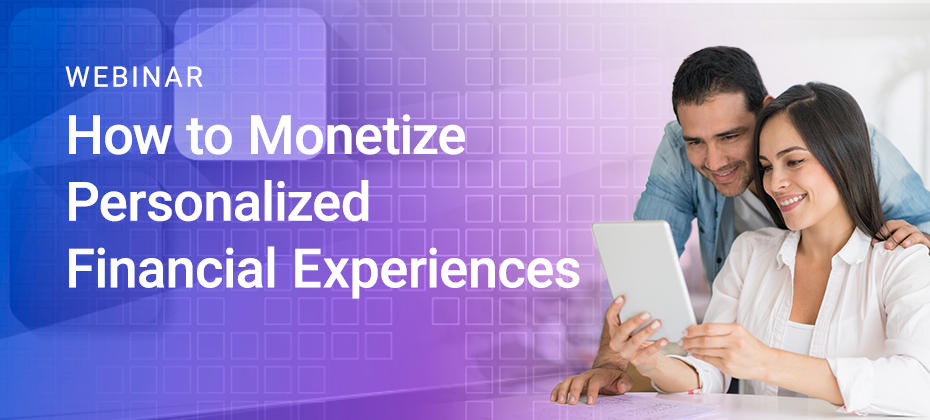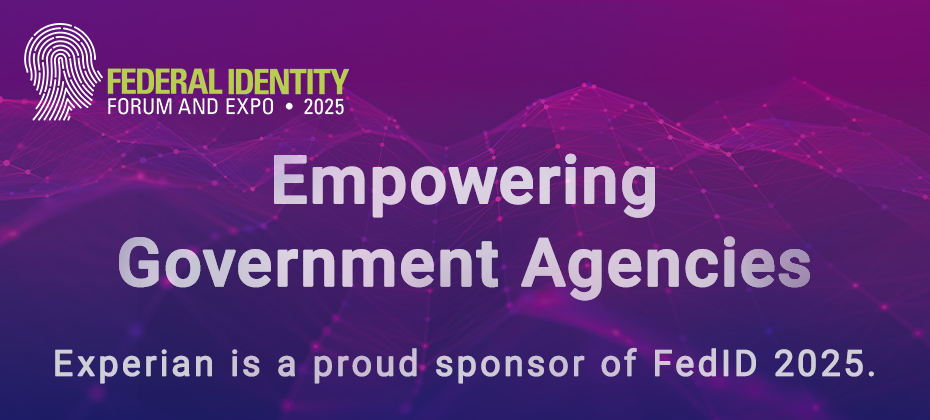
Financial institutions are constantly searching for ways to engage their consumers while providing valuable services that keep them financially sound and satisfied. At the same time, consumers are looking for ways to limit their risk and grow their financial power while improving and protecting their financial health. Here’s the good news: both can be accomplished through personalized financial experiences.
But first, we need to explore why market conditions and consumer demand deem these experiences necessary.
An uncertain market landscape leads to lower consumer financial confidence
Volatile market conditions have caused consumer sentiment to decline. The United States (U.S.) Federal Reserve reported that bank deposits have dropped over $200B1 year over year, and experts are anticipating another drop soon. According to our recent State of the Economy Report, personal savings rates in the U.S. have dropped by 4.1% YoY2. And according to a Financial Health & Advice Satisfaction Study from J.D. Power, nearly a third of bank customers have moved deposits away from their primary banks.3
In addition, interest rates and lending standards are weighing heavily on originations, with slowdowns occurring across market segments. As a result, fewer consumers are opening new lines of credit, limiting their purchasing power and hindering revenue growth for financial institutions.
These stats reveal evidence of an overall decrease in consumers’ economic power and confidence in financial institutions. However, these circumstances also present a unique opportunity for banks and lenders to stand out by offering high-value solutions that meet consumer demands.
Consumers want financial protection and support
In response to the constantly growing threat of identity theft, most consumers expect financial institutions to offer protective measures to help decrease their risk of identity theft and fraud. 57% of consumers want their primary bank to provide an identity protection solution, and when fraud occurs, consumers hold their banks accountable4. 58% of consumers say it’s not their responsibility to protect their own personally identifiable information, and 60% say their financial institution is responsible for making them whole again if identity fraud occurs.5
While consumers need identity protection, financial institutions need new ways to engage their customers and drive more revenue. Fortunately, offering identity protection and credit education is an effective way to maintain a sticky relationship with your customers while delivering an enhanced, engaging experience.
Engaged consumers drive revenue
The combination of identity protection and credit education solutions can have a positive impact on consumer engagement. Research shows that consumers who interact with financial management features spend more with their banks; a recent MX case study found that consumers opened twice as many credit cards and three times as many savings accounts when interacting with a bank’s financial management solutions6. This can lead to a potential 20% increase in revenue for financial institutions, according to a Global Banking Consumer Study from Accenture.7
Credit monitoring also plays an important role in bolstering consumer engagement. For example, credit alerts can lead to an average of 53% open rates and 75% post-alert login rates.8 In addition, financial management features can drive consumers to spend 3X more time in a bank’s financial app environment.9
These engaged consumers may have a greater potential to open more new accounts, borrow more, and remain loyal, long-standing customers. The key is to offer these solutions through personalized financial experiences.
Getting started
Join us on Thursday, May 30 as we share insights into monetizing personalized financial experiences through identity protection, credit education, and fraud protection and restoration.
Get ready to learn the formula for how to:
- Increase upsell and cross-sell opportunities
- De-risk client portfolios
- Drive more wallet share
- Generate persona data
- Raise consumer credit limits
1US savers get savvy ditching and switching banks, BBC, April 16, 2023
2State of the Economy Report, Experian®, June 2023
3J.D. Power Financial Health & Advice Satisfaction Study, 2023
4Javelin, 2022 Identity Fraud Study Shifting Angles
5Javelin, 2022 Identity Fraud Study
6MX Case Study Research, October 2022
7Accenture, Global Banking Consumer Study, Reignite Human Connections, August 2022
8Experian® D2C Financial Management reported as of May 2023
9Experian® Employee Benefits Financial Management as of May 2023


